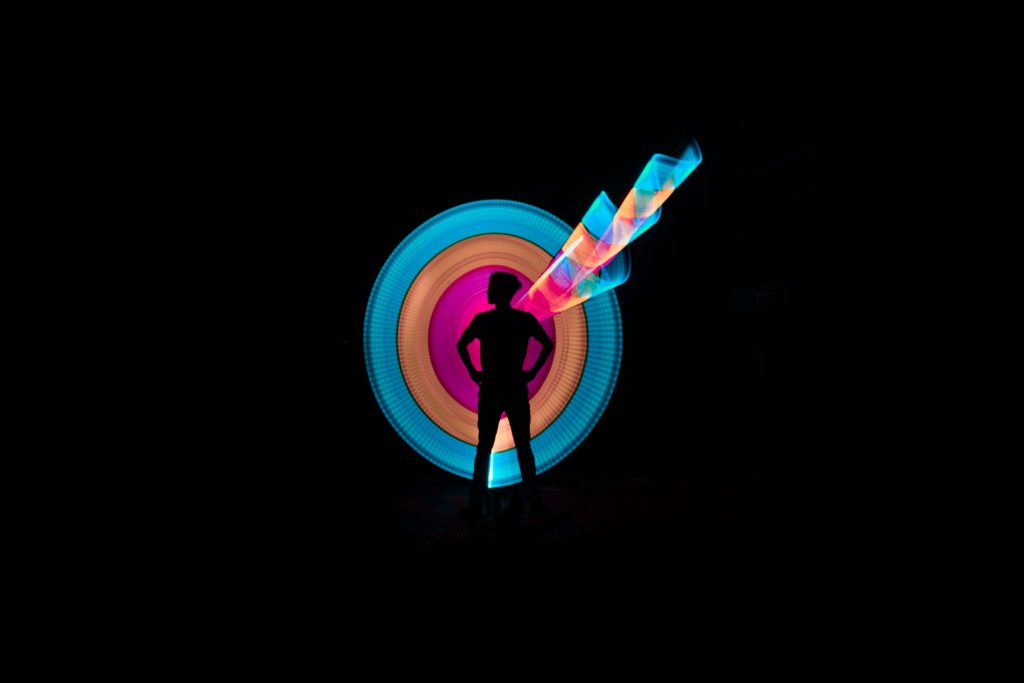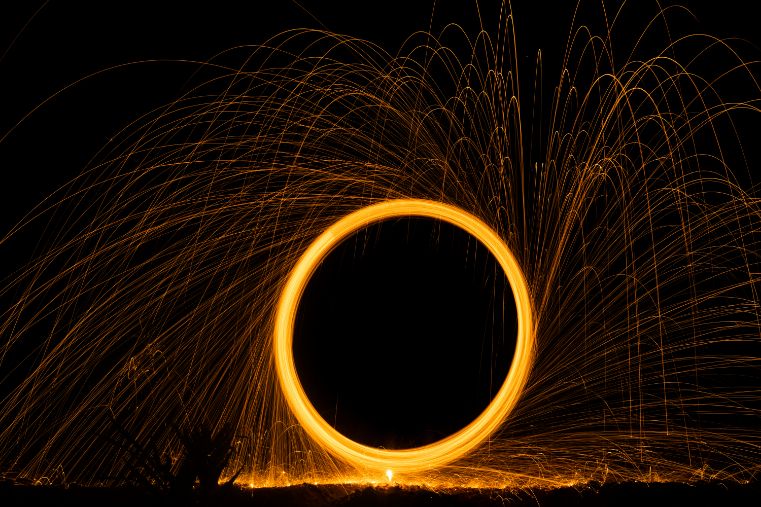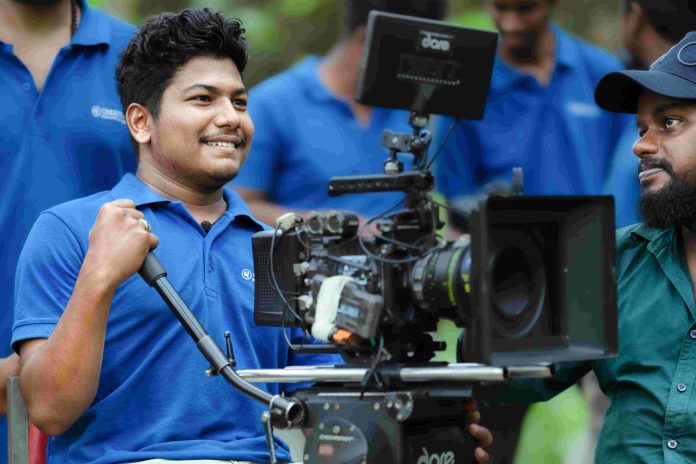In photography, light refers to the position of the light source, which might be natural or artificial, in relation to your subject. The position and quality of light in your final photo can alter everything from clarity to tone to emotion and so much more. Light is one of the most significant aspects of photographic creativity because it helps us to transmit information and, more importantly, emotion in a photograph. You’ll be able to produce a wide range of imaginative visuals once you grasp the light.

“Photography is made by light. Accept the brightness. It is to be admired. It’s absolutely fantastic. Above all, understand light. Know it inside and out, and you’ll have the key to photography.”This is a long exposure photography technique in which light is painted or drowned into the photograph with a hand-held light source

Since the 1930s, professional photographers have used handheld lights to selectively illuminate or color parts of a subject or scene, or to evenly light large ar architect natural interiors, as described by Leslie Walker and Ansel Adams. Light painting necessitates a slow shutter speed, usually lasting at least a second. Light painting can mimic traditional painting techniques such as superimposition and transparency by moving, adding, or removing lights or subjects during or between exposures. This chapter is all about the motion of light in photography.
Copyrights
All the photos and text in this post are copyright of R.N Jaya Sai, Andhra Pradesh, Creative Hut Institute of Photography. Their reproduction, full or part, is forbidden without the explicit approval of the rightful owners.


